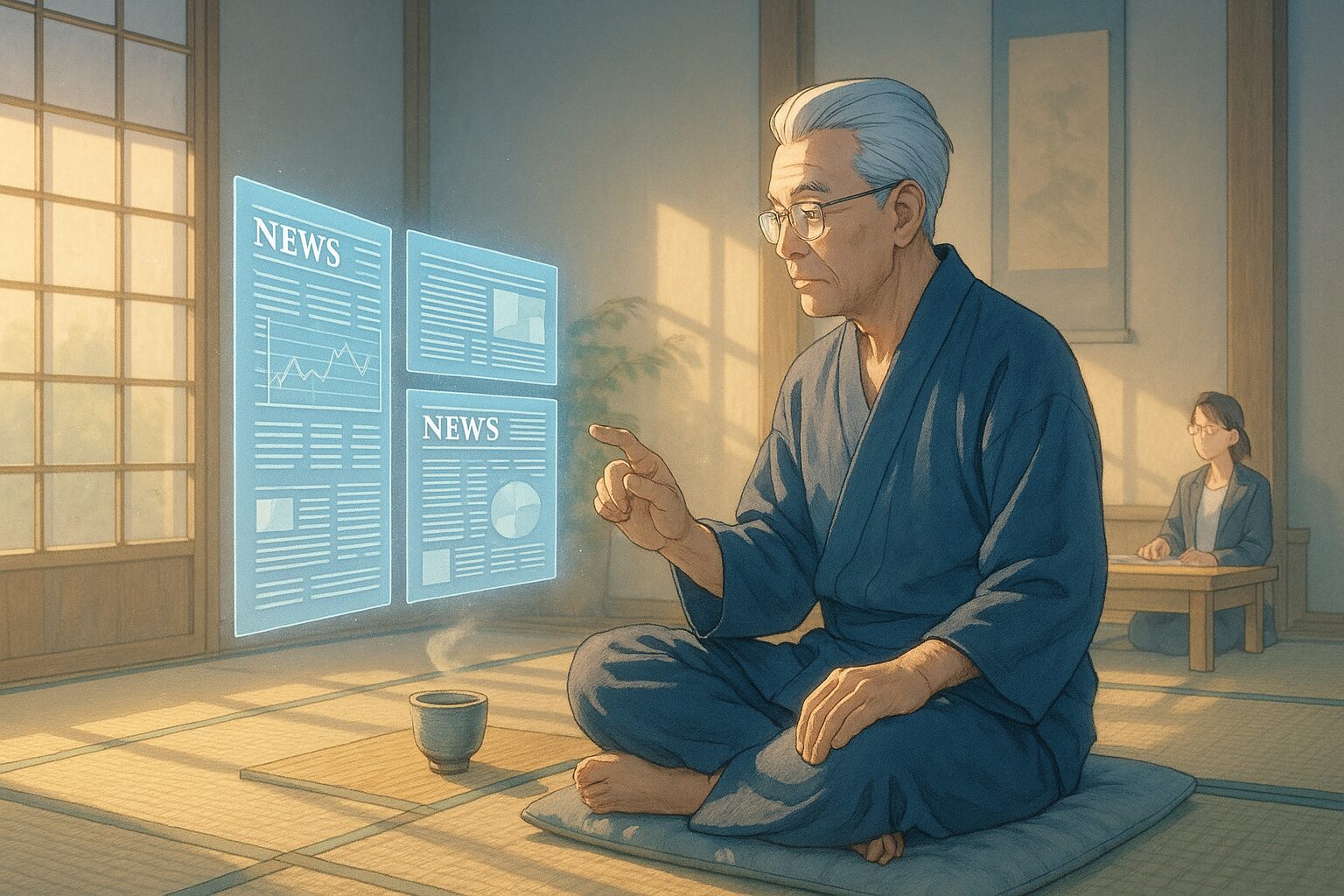India is taking a new step into the infinite possibilities of space. The Indian Space Research Organisation (ISRO) has announced that the humanoid robot “Vyommitra” will play an important role in the unmanned space mission “Gaganyaan”. This robot is expected to collect environmental data in space and provide valuable information to the agency. If this trend continues, how will our future change?
1. Today’s News
Source:
Odisha TV
Summary:
- ISRO plans to deploy the humanoid robot “Vyommitra” in the unmanned Gaganyaan mission.
- Vyommitra will mimic human-like functions in space to collect and transmit environmental data.
- This mission will be India’s first attempt to send a humanoid robot into space.
2. Considering the Background
Space exploration is at the forefront of technological innovation, a field in which many countries compete. While many missions have been conducted so far, high costs and risks have been challenges. In this context, the emergence of humanoid robots expands the possibilities of carrying out dangerous missions in place of humans. This could lead to safer and more efficient space exploration, bringing new insights and technologies to our lives.
3. What Does the Future Hold?
Hypothesis 1 (Neutral): A Future Where Robots Are Standard
Humanoid robots may become the standard for data collection in space. This would streamline space exploration and improve data accuracy. On Earth, robots will also start to spread as foundational technologies in various fields. Ultimately, a society coexisting with robots may form, and our values may shift towards collaboration with technology.
Hypothesis 2 (Optimistic): A Future of Significant Advancement in Space Exploration
If this technology evolves, space exploration will become even more active. Humanoid robots will evolve further, capable of performing higher-difficulty missions. As new discoveries and resource utilization outside Earth progress, our lives could become enriched, ushering in an era where space becomes part of our daily lives. Our perspective will also broaden to encompass views that are not limited to Earth.
Hypothesis 3 (Pessimistic): A Future Where Human Roles Diminish
On the other hand, there are concerns that the evolution of robot technology could reduce human roles. If robots take on many jobs on the ground as well as in space, discussions about rising unemployment rates and the significance of human existence may arise. Ultimately, the values regarding how humans should work and live might be significantly shaken.
4. Tips for Us
Thinking Tips
- Consider what skills you should acquire to live alongside technology.
- It might be good to take some time to reassess your position regarding the evolution of technology in your daily life.
Small Practical Tips
- Regularly check news about science and technology to deepen your understanding.
- Try taking on new hobbies or projects that utilize technology.
5. What Would You Do?
- In a society where coexistence with humanoid robots progresses, how will you engage?
- As interest in space increases, how will you utilize new skills and knowledge?
- What hopes or concerns do you have about a future with evolving robot technology?
What kind of future do you envision? Please share your thoughts through social media citations or comments.









